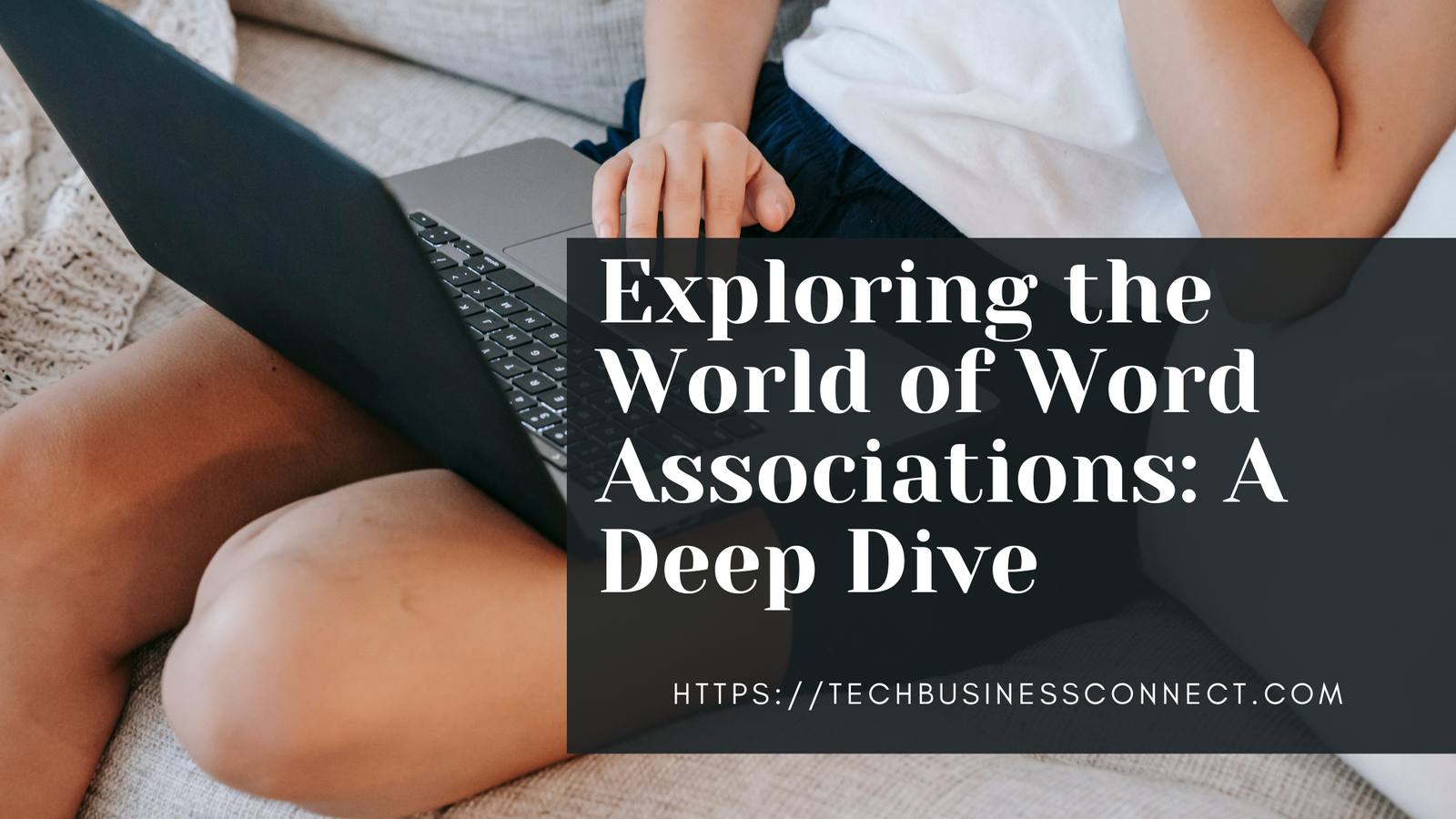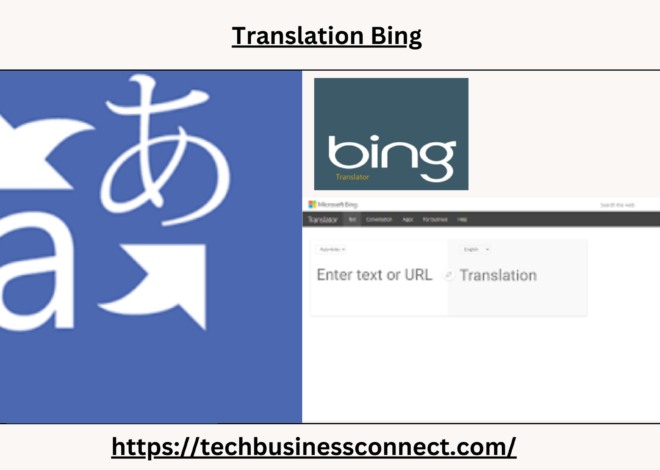
The Best Word Associates Exploring the World in 2024
Introduction
Language is a powerful tool that shapes our thoughts, communication, and understanding of the world. One of the fundamental aspects of language that underpins our cognitive processes is the concept of word association. Word Associates are the mental connections between words that arise when one word prompts the recall of another. These associations form the building blocks of language comprehension, memory, and creativity. In this article, we will delve into the fascinating world of word associations, exploring their types, underlying mechanisms, applications, and significance in various domains.
Understanding Word Associates
Word Associates can be defined as the mental links between words that occur in a person’s mind based on their experiences, knowledge, and language exposure. When we hear or read a word, our brain automatically activates related words, concepts, or memories, creating a web of connections. These associations can be immediate, strong, or weak, depending on the strength of the connection between the words.
For example, when someone says the word “cat,” the immediate associations that might come to mind are “dog,” “pet,” “furry,” or “meow.” These associations are influenced by various factors, including personal experiences, cultural background, and language proficiency. Word Associates can be categorized into several types based on their nature and strength.
Types of Word Associates
- Semantic Associations: These are the most common types of word associations and are based on the meanings of words. Semantic associations arise when two words share similar or related meanings. For instance, the words “doctor” and “nurse” are semantically associated because they both belong to the field of healthcare. Similarly, “apple” and “orange” are associated because they are both types of fruit.
- Phonological Associations: Phonological associations are based on the sound similarity between words. These associations occur when words share similar phonetic patterns, such as rhymes or alliterations. For example, “cat” and “bat” or “moon” and “soon” are phonologically associated. Phonological associations are often used in poetry, songwriting, and word games.
- Syntactic Associations: These associations are based on the grammatical relationships between words. Syntactic associations occur when words frequently appear together in specific syntactic structures. For instance, the words “run” and “fast” are syntactically associated because they often co-occur in sentences like “He runs fast.” These associations help in understanding sentence structures and predicting word order.
- Contextual Associations: Contextual associations are formed based on the context in which words are used. These associations arise when words frequently appear together in specific situations or contexts. For example, the words “birthday” and “cake” are contextually associated because they often appear together in the context of celebrations. Contextual associations are crucial for understanding idiomatic expressions and figurative language.
- Emotional Associations: Emotional associations are formed when words evoke specific emotions or feelings. These associations are influenced by personal experiences and cultural factors. For instance, the word “sunshine” may evoke feelings of happiness and warmth, while the word “storm” may evoke feelings of fear or anxiety. Emotional associations play a significant role in creative writing, advertising, and branding.
Mechanisms Underlying Word Associates
The formation of word associations is a complex cognitive process that involves various mechanisms in the brain. Several theories have been proposed to explain how word associations are formed and stored in memory:
- Spreading Activation Theory: According to this theory, when a word is processed, it activates related concepts or words in the mental lexicon, leading to the activation of associated words. The strength of the activation depends on the strength of the connection between the words. For example, hearing the word “bread” may activate related words like “butter,” “sandwich,” and “toast” due to their strong associations.
- Schema Theory: Schema theory suggests that word associations are formed based on organized mental structures called schemas. Schemas are cognitive frameworks that help individuals organize and interpret information. When a word is encountered, it activates a schema, which in turn activates related words and concepts. For instance, the word “hospital” may activate a schema related to healthcare, leading to the recall of words like “doctor,” “nurse,” “patient,” and “medicine.”
- Hebbian Learning: Hebbian learning is a neural mechanism that explains how connections between neurons are strengthened through repeated activation. In the context of word associations, Hebbian learning suggests that when two words are frequently encountered together, the neural connections between them are strengthened, leading to the formation of strong associations. For example, the repeated pairing of the words “salt” and “pepper” strengthens the neural connections between them, making them strongly associated.
Applications of Word Associations
Word associations have practical applications in various fields, including psychology, linguistics, education, marketing, and artificial intelligence. Let’s explore some of these applications:
- Psychology and Cognitive Science: Word association tests are commonly used in psychological research to study cognitive processes, memory, and language development. These tests involve presenting participants with a stimulus word and asking them to respond with the first word that comes to mind. Analyzing the responses provides insights into the organization of the mental lexicon, word retrieval processes, and semantic networks. Word association tests are also used to study language disorders, such as aphasia and dyslexia.
- Linguistics: Linguists use word associations to study the structure and organization of language. By analyzing the associations between words, linguists can uncover patterns of meaning, semantic fields, and lexical relationships. Word associations also provide insights into language change and variation, as associations may differ across dialects, languages, and cultural contexts.
- Education: Word associations are used as a teaching tool to enhance vocabulary learning and language comprehension. Educators use association-based techniques, such as word maps, semantic webs, and mind maps, to help students understand the relationships between words and concepts. By exploring word associations, students can expand their vocabulary, improve reading comprehension, and develop critical thinking skills.
- Marketing and Advertising: In the field of marketing, word associations play a crucial role in branding and advertising strategies. Marketers use word associations to create positive associations with their products or brands. By associating a brand with desirable qualities, emotions, or experiences, marketers can influence consumer perceptions and preferences. For example, associating a perfume brand with words like “luxury,” “elegance,” and “romance” creates a positive brand image and attracts consumers.
- Artificial Intelligence and Natural Language Processing: Word associations are fundamental to natural language processing (NLP) and artificial intelligence (AI) applications. NLP models use word associations to understand context, generate text, and perform tasks like sentiment analysis, machine translation, and information retrieval. Techniques such as word embeddings and neural networks are used to capture word associations and semantic relationships in large text corpora, enabling AI systems to process and understand human language more effectively.
The Significance of Word Associations
Word associations are not just a linguistic curiosity; they have profound implications for our understanding of human cognition, communication, and creativity. Here are some key reasons why word associations are significant:
- Language Comprehension: Word associations facilitate language comprehension by providing context and meaning. When we encounter a word, our brain quickly activates related words and concepts, helping us understand the message more efficiently. This process is essential for reading comprehension, listening skills, and effective communication.
- Memory and Recall: Word associations play a crucial role in memory and recall processes. By creating mental connections between words, we can store and retrieve information more effectively. For example, mnemonic devices often use word associations to aid memory retention. Remembering that “Every Good Boy Deserves Fruit” helps recall the musical notes E, G, B, D, and F.
- Creativity and Problem Solving: Word associations are a key driver of creativity and divergent thinking. By exploring the associations between words, we can generate new ideas, metaphors, and analogies. Creative writing, poetry, and brainstorming sessions often rely on word associations to stimulate imagination and generate innovative solutions.
- Cultural and Social Understanding: Word associations reflect cultural and social norms, beliefs, and values. By studying word associations, we can gain insights into cultural differences, societal attitudes, and collective experiences. Understanding word associations can enhance cross-cultural communication and promote cultural sensitivity.
- Mental Health and Well-being: Word associations can provide insights into an individual’s mental state and well-being. Changes in word associations may indicate shifts in mood, thought patterns, or cognitive functioning. Word association tests are used in psychotherapy to explore unconscious thoughts and emotions, providing valuable information for diagnosis and treatment.
Conclusion
Word Associates are a fundamental aspect of language and cognition that influence how we think, communicate, and interact with the world. By understanding the different types of word associations, the mechanisms that underlie them, and their applications in various domains, we can gain a deeper appreciation of the complexity and richness of language. Whether in psychology, education, marketing, or artificial intelligence, Word Associates continue to be a valuable tool for exploring the intricacies of the human mind and the power of language.
4o


